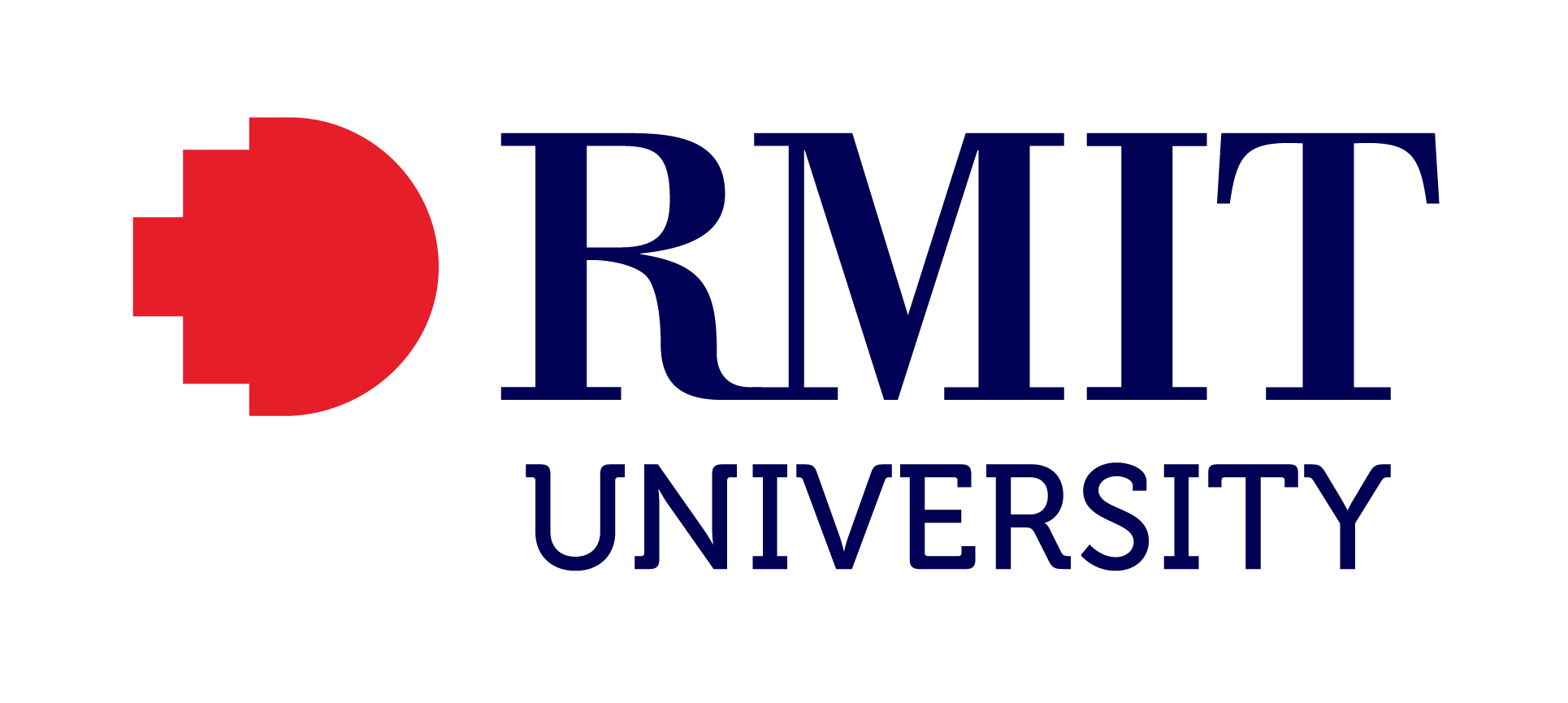Performance-based architectural design and optimization using biomaterial and AR-assisted discrete assemblies
Under Development
This project aims to explore intelligent design and construction methodologies for bio-materials based on their performance. Our goal is to explore design methodologies that establishing a complementary relationship among architecture, computational design, structural engineering, behavioral algorithms, and advance manufacturing in timber construction. This initiative aims to showcase the integration of these diverse methods and techniques, creating a real-time material processing system, a feedback loop for structural adjustments, and an assembly workflow that facilitates the design and fabrication of intricate building forms. This approach fundamentally reimagines the conventional sequential workflows. Instead of solely informing generative approaches through structural analysis or sequentially optimizing pre-established complex geometries within generative processes, it simultaneously negotiates architectural design concerns and structural optimization.
The project plans to prototype this methodology through a series of installations at a smaller scale, providing insights into the implications for designing long-span, large spatial structures. This method empowers the creation of intricate architectural forms that are not only complex and expressive but also highly efficient in terms of both material usage and structural performance. Furthermore, this initiative aligns with a broader agenda: exploring the fabrication of algorithmically generated architectural forms through robotic fabrication techniques, leveraging Augmented Reality (AR) for assembly assistance. Considering the intricate nature of the forms developed through this approach, we advocate for AR-assisted discrete assemblies as the logical fabrication strategy. This method not only promises efficient fabrication but also fosters a closer collaboration between architects and structural engineers in the initial design stages, aiming to prevent the need for structural rationalization of unfeasible architectural forms within the Architecture, Engineering, and Construction (AEC) industry.
Please see Project Video for further information:
Node Introduction Video:
Objectives/Deliverables
Project Leader/s
Ding Wen ‘Nic’ Bao
Project Leader; Chief Investigator
RMIT University
Project Staff
PhD Candidate
PhD Scholarship Opportunity
Postdoctoral Research Fellow
Postdoctoral Research Fellow Opportunity
Project Investigators
Tharaka Gunawardena
Project Leader; Chief Investigator
University of Melbourne
Priyan Mendis
Node Leader - Manufacturing Innovation; Chief Investigator
University of Melbourne
Dan Luo
Node Leader - Value-Chain Innovation; Project Leader
The University of Queensland
Lead Project Partner Organisation

